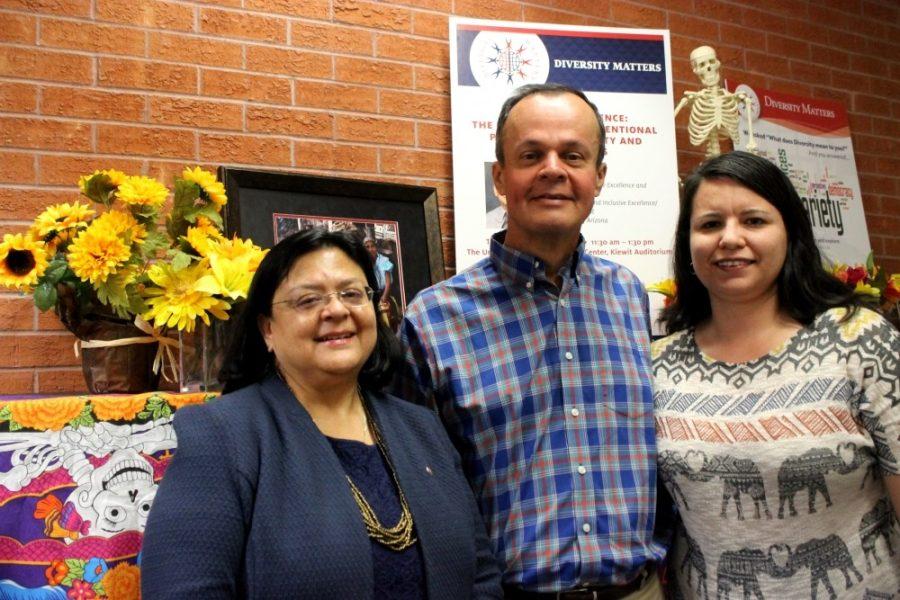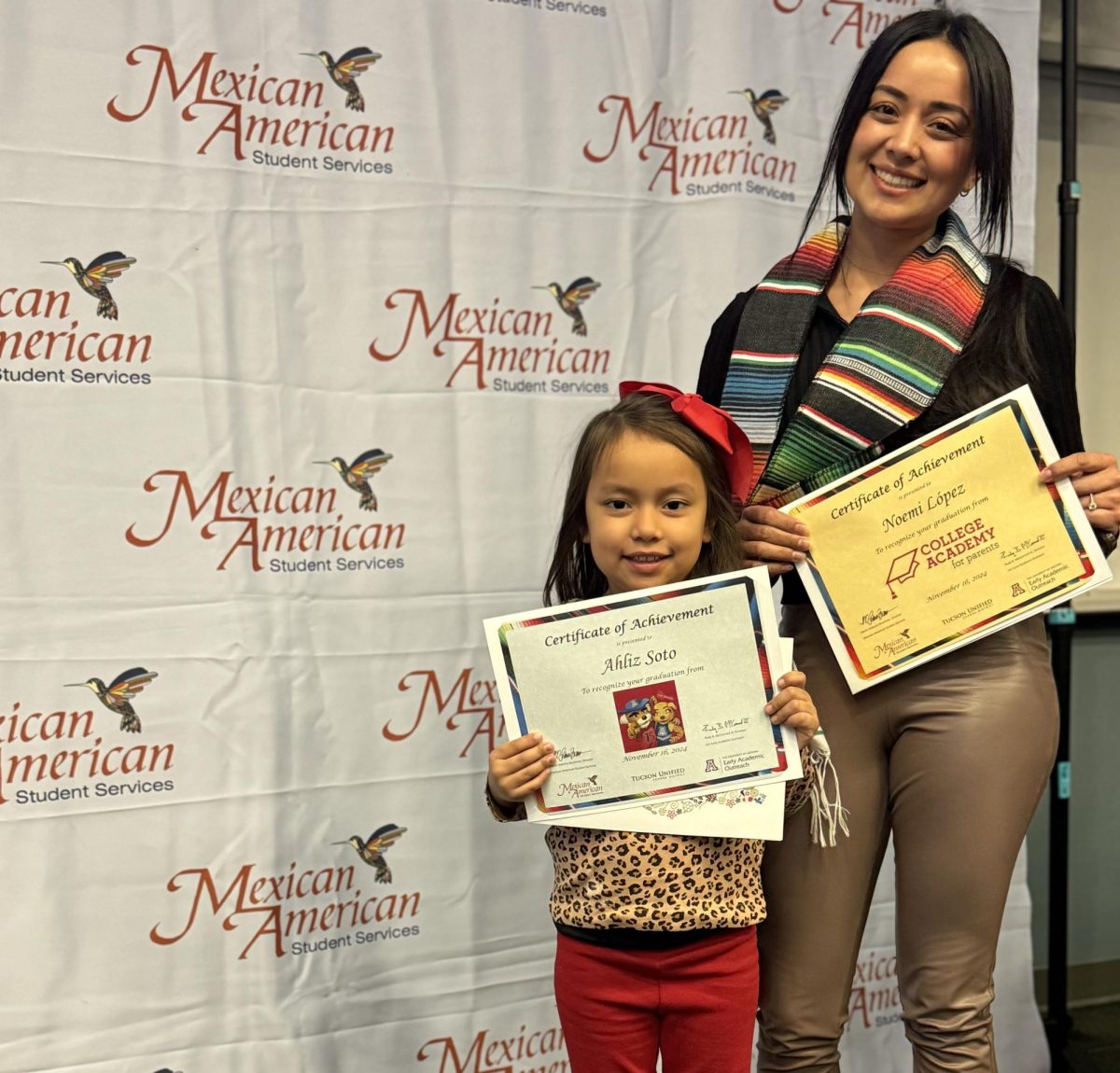Inclusiveness and diversity have been the talk of campus in recent months, but what do these words really mean to some of the people whom the new policies on these issue are meant to address?
“Diversity to me means that we have representation from all groups,” Lillian Gorman, the director of the heritage program in the Spanish department said. “And that is necessary at the student, faculty and staff level.”
Gorman said she was always pretty mindful of the numbers in diversity. She has been at UA for about a two years and thinks it was interesting observing how Arizona differed from New Mexico and the University of Illinois where she also served as the assistant director for the heritage program.
“It’s been part of who I am from early on as far as wanting to work with issues of diversity in higher education,” Gorman said. “I feel like I have always been wanting to make these bridges of what goes in the classroom and larger student success out of the classroom.”
RELATED: Ombuds office gives Wildcats a secure place to resolve issues
UA has the largest Spanish heritage program in the country, according to Gorman.
“I started off not saying a single word in English and I couldn’t even ask for a sharpener in class – everyone would look at me,” said Nanci Ortiz, an environmental studies senior. “I didn’t really have any friends so back then I really just wanted to assimilate and learn the language as soon as I could and forget about Spanish. Now that I’m older I am bilingual and proud – it’s different.”
Arizona has the sixth largest Hispanic population in the nation. Around 2.1 million Hispanics live in Arizona making up 3.7 percent of all Hispanics in the U.S., according to the Pew research center website.
“I am 100 percent Mexican,” Ortiz said, “I was born in Sinaloa, Mexico so everyone’s like ‘oh my god, your family is friends with Chapo el Guzman, you’re dangerous’ and I say ‘no’ and laugh.”
UA South is listed as a Hispanic-serving institution meaning there is a 25 percent or larger enrollment of Hispanics. There’s a total of 267 Hispanic-serving institutions in the U.S.
“What strikes me here at UA is that it seems we are not tapping into a lot of the resources out there to increase Hispanic and Latino student success and perhaps increase faculty representation and retention among Hispanic and Latinos,” Gorman said.
RELATED: UA ramps up efforts to address diversity concerns with Diversity Task Force
Angela Fragoso, a Spanish literature senior, believes diversity is especially important in college as many students live in a stage where they are opened to new experiences, learning and meeting different cultures traditions and religions. She says it’s the key to learning how to be more accepting towards other people.
“I am just as American as you because I am a U.S. citizen, just because you are white doesn’t mean it’s any different,” Fragoso said. ”I am a light-skinned Mexican, so when people will hear me speak Spanish and they’ll ask ‘wow you’re Mexican, you don’t look like it’ or ‘I never thought you’d be Mexican, you’re so pretty to be Mexican’ so I ask ‘what am I supposed to look like?’”
The UA has had a steady increase of diversity in student population. From 2004 to 2014 there was a 105 percent increase in students of color, according to UA’s diversity website.
“Inclusive excellence is the idea that all of the groups at UA bring a variety of skills, talents, culture, – lot of different positive aspects that allow us to educate each other and give us the ability to give different perspectives in order to create better solutions to problems – Latinos are no exception.” said Jesús Treviño, the vice provost for inclusive excellence and senior diversity office.
Treviño said the Hispanic and Latino community is very diverse and includes all kinds of students, like undocumented students to middle-class students, scholars, international students and lesbian, gay, bisexual, transgender and questioning students.
“At the faculty level it’s important that we have the number that reflects our undergraduates because we want our faculty to look like our students and to be able to relate to our students – that is all related to student success,” Gorman said.
Correction: An earlier version of this story said UA was listed as a Hispanic-serving institution. In fact, UA South is a Hispanic-serving institution. The UA itself is not.
Follow Angela Martinez on Twitter.









